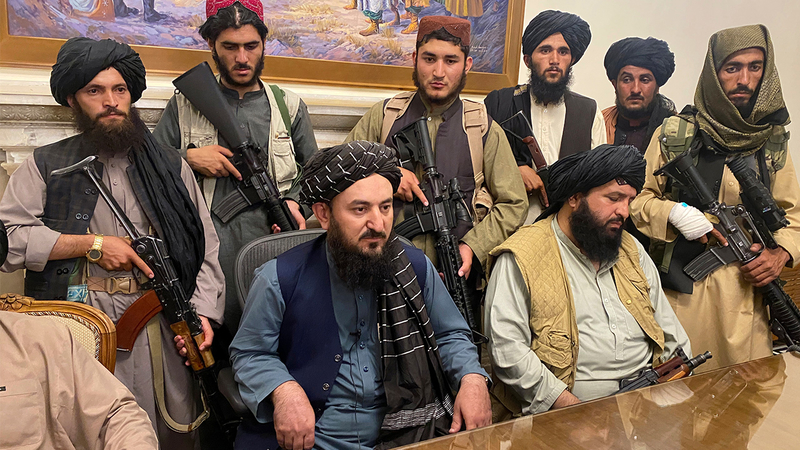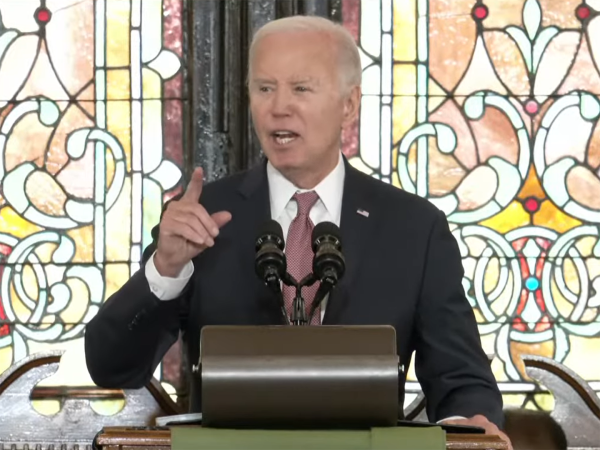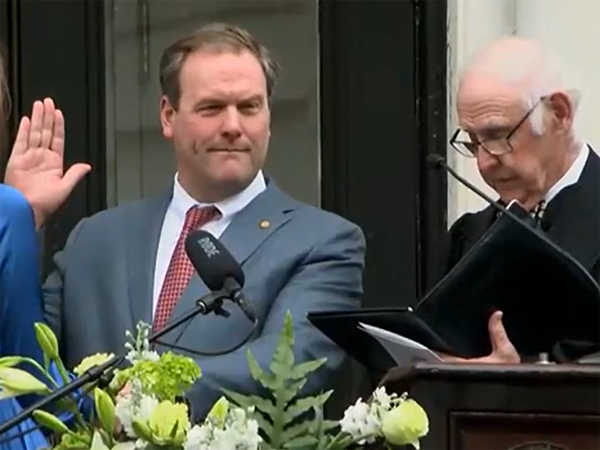Afghanistan: A Brief Explanation
August 15th, 2021: The extremist terrorist group, the Taliban, takes control over Kabul. The old democratic government falls, the president flees, and thousands of people are thrown into panic. But how did Afghanistan end up in this situation? The situation here is deeply complex, but a concise timeline will hopefully clear the air on the Afghan situation.
1980’s: Afghanistan is controlled by a pro-soviet ruler. The United States secretly provides military equipment and funds to the Mujahideen, an Islamic Guerrilla group fighting against the Pro-Soviet government.
Early 1990’s: The Pro-Soviet Afghan government falls along with the Soviet Union. Kabul and the rest of the country is thrown into disarray as the Mujahideen splits and fight for control over the country. The Taliban emerges as a prominent militia group stemming from various Mujahideen and religious groups.
Late 1990’s: The Taliban seizes control of Kabul and much of Afghanistan. The conservative group greatly oppresses women, not allowing them to work or get educated. The U.N. places heavy sanctions on the Taliban.
2001: After the 9/11 attacks, the U.S. government demands that Osama Bin laden, the leader of terrorist group and Taliban ally, Al-Qaeda, be handed over, but the Taliban refuses. The U.S and other world power support the Northern Alliance, an anti-taliban group that eventually takes over Afghanistan in November.
2002-2019: A democratic government is established in Afghanistan. The Taliban remains as a terrorist group and controls several districts throughout the country. Many more districts are contested. Osama Bin Laden is finally killed in 2011. Taliban strength waxes and wanes through the years but they are never fully eradicated. The U.S. and the rest of the world slowly transition military power to the Afghanistan government and lower support numbers after 2012. Numerous attempts at peace talks with the Taliban lead nowhere.
2020: In February of 2020, the Taliban and the United States agree on peace agreement in which the United States withdraws their military in exchange for the Taliban to cease attacks on Americans. Although the Taliban and Afghan government met directly later that year, their peace talks never became serious.
April 14 2021: President Biden announces that the withdrawal of United States will continue as planned with all remaining troops gone by September 11th.
Present Day (August 30th 2020): On Monday, August 30th, the last U.S. Planes left Afghanistan, ending the country’s longest war, and leaving the Taliban stronger than it was in 2001 at the start. The flurry of changes in Afghanistan over the last two weeks under the new Taliban rule has been staggering. Despite hopes and promises that the Taliban would change much of their stricter rules in their interpretation of Sharia Law, women are already being heavily discriminated against again.
Last week a Taliban spokesman introduced a “temporary” policy that told women to not leave their homes because they are, “worried [their] forces who are new and have not been trained very well may mistreat women.” Heather Barr, a director of women’s rights at Human’s Rights Watch, explains that a similar tactic was used by the Taliban in their initial rule from 1996 to 2001. The Taliban’s explanation in 1996 was that security would need to improve in order for women to have more freedoms. These freedoms never arrived in the previous 5 year rule of the Taliban.
Additionally, the Taliban announced that while women can still attend class and university in Afghanistan, mixed classes with both men and women would be banned. This is a vastly different policy than when the Taliban originally had control in the nineties, but some think this is just to appease international governments. Further supporting this point are reports that women are already being stopped from going to school or leaving the house without a male guardian in certain regions of Afghanistan. One more grim change to the country is the ban of music in public that was announced by Zabihullah Mujahid, a prominent Taliban spokesman.
My Opinion:
Honestly this entire thing is a mess and it does not seem black and white. Should we ever have entered Afghanistan? 2 trillion dollars down the drain and thousands of U.S. soldier deaths say no, but the thousands of Afghan women who have been educated and able to live free for the last 20 years would say yes. Regardless of whether the United States should have joined in the first place, I definitely think that the United States would have to leave at some point and there really was no good time. No matter when the U.S. left, the Taliban would strengthen, unless they were almost completely eradicated, something that has seemed impossible over the past twenty years. The entire war started over Al-Qaeda and their leader, Osama Bin laden, so in hindsight I think that the U.S. should have started the withdrawal of troops after his assassination. At this time period, morale in the Taliban was at an all time low and territorial control for the Taliban was also lower than the years before and after. This would give the Afghan military a chance to keep the democratic government alive. Whatever the case is, the past cannot be changed, so all we can focus on now are the Afghan citizens, refugees and any way that we can help.
Source 1
Source 2
Source 3
Source 4













